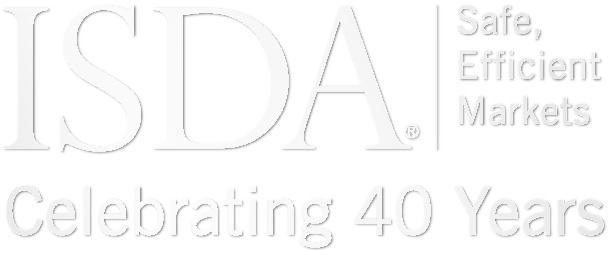On June 16, ISDA responded to the European Securities and Markets Authority’s (ESMA) consultation on the new clearing threshold (CT) regime. The new CT regime, based on uncleared positions, was introduced in the context of the European Market Infrastructure Regulation (EMIR 3). In the response, ISDA comments on the data analysis provided by ESMA, the interaction with the active account requirements, in particular condition 2 of EMIR 3 Article 7a(1), and proposes an implementation approach suitable for financial and non-financial counterparties, in line with the European Union’s broader simplification and burden reduction agenda. In terms of next steps, ESMA will take into account the feedback received before sending final regulatory technical standards to the European Commission.
Documents (1) for ISDA Response to ESMA on Clearing Threshold Regime
Latest
Future Path - IQ December 2025
At the start of ISDA’s 40th anniversary year, IQ convened the pioneers of the association to reflect on how a desperate need for standardization in the early days of the derivatives market brought dealers together to develop a dictionary of...
Steps to a Vibrant Derivatives Market: SOM Remarks
Steps to a Vibrant and Resilient Derivatives Market December 4, 2025 Remarks at the Mediterranean Partnership of Securities Regulators Scott O’Malia ISDA Chief Executive Officer Good afternoon and thank you to the Mediterranean Partnership of Securities Regulators (MPSR) for...
ISDA Response to BoE on Gilt Market Resilience
On November 28, ISDA responded to the Bank of England’s discussion paper on gilt market resilience. ISDA encourages the Bank of England, before introducing any significant policy changes that would affect the functioning of the gilt repo market, to consider...
Addressing Termination Troubles
When Enron announced a shock $618 million loss on October 16, 2001, it took a further 47 days until it filed for bankruptcy. For Bear Stearns, it took 266 days between its bailout of a structured credit fund run by...



